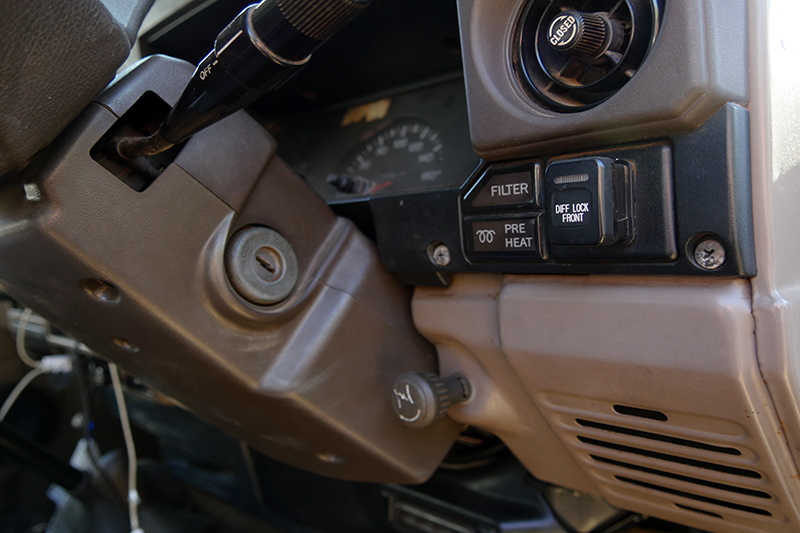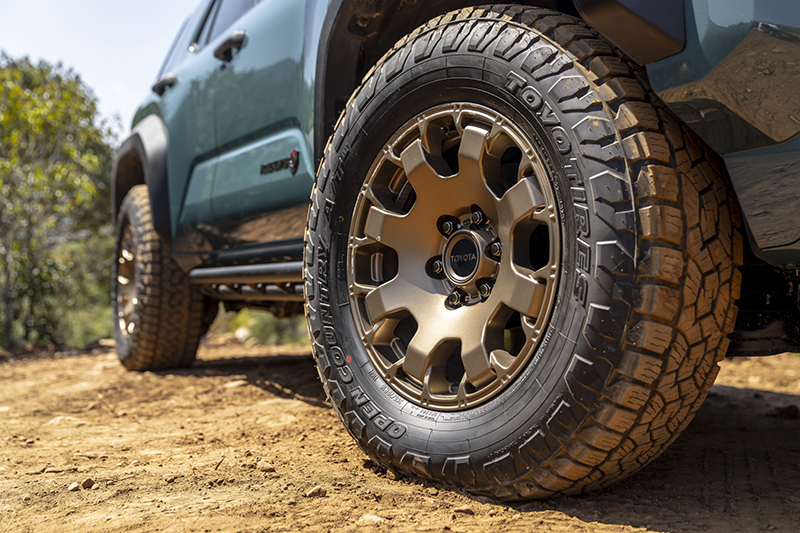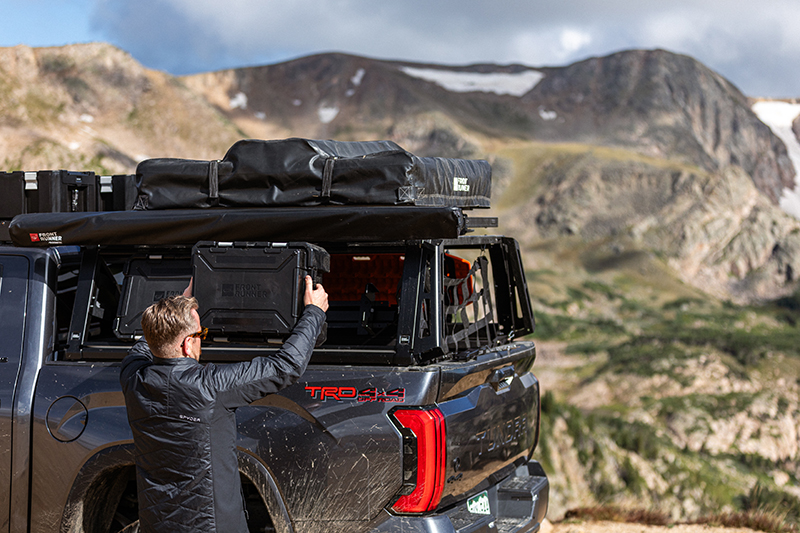Understanding and knowing your vehicle goes a long way while adventuring on four wheels
Overland or expedition driving should be a conservative affair. Since the vehicle is your lifeline and your home on the road, all care should be taken to keep your vehicle running optimally and cause the least damage to the vehicle and the environment. In this day and age there are many, many bad driving habits we pick up that can cause damage to vehicles over time. When training there are several by-lines we use to illustrate how to avoid this, and one of the premier is “mechanical sympathy,” a term coined in this context by Tom Sheppard, author of the Vehicle Dependent Guide. Everything done when controlling the car in motion should be done with mechanical sympathy in mind; however, driving with mechanical sympathy is not something that is obvious once you hear the words. What does it actually entail when you are in the vehicle? How do you drive with mechanical sympathy? This will be the first of a multi-part series explaining mechanical sympathy, what it is and how to implement it in your driving to get the most out of your rig in the safest manner possible. This will allow you to travel farther, more efficiently and with more confidence.
Know Your Vehicle
Mechanical familiarity plays a big part in mechanical sympathy. Know what the parts of the car are and how they interact, how driving can affect them and what parts are affected when you do something with control inputs. This does not mean you need to be a mechanic. It does not mean that you need to be able to tear into the vehicle and repair it, but a passing familiarity with components like differentials, gearboxes, transfer cases, suspension systems, engines, air intakes, fuel delivery and 12-volt electrical systems will go a long way. There are a lot of online resources that can help with this, just make sure the ones you use come from a reputable source, as there is a lot of junk information out there as well. Much of the information is generic but try to concentrate on the vehicle you have. If it is an automatic, forego manual gearboxes to start.
The next step is to get hold of a couple of manuals. The owner’s manual is the best place to start. It will provide the position and description of all of the controls and is useful when you are looking around the vehicle (see below). Also get hold of the service manual. This will provide things like the model of the engine, number of gears in the gearbox, gear ratios in the axles, etc. It will also give you a basic familiarity with the components of the car, though it will not describe how they work; you need other sources for that. Finding the power and torque curves for the engine will also be useful (more on that in a later article). Haynes makes good service manuals for most domestic vehicles.
Before Driving
Take a long hard look around your vehicle. Open all the doors, compartments, hood, tailgate. Along with the manuals mentioned above, become familiar with where everything is. All of this may seem pretty obvious, but it is surprising how many people do not know where the jack and spare tire are stored in their vehicle. Take a look at the engine. Know where the air intake is, as well as the axle breathers. Locate the ECUs if you have any and determine if they are in waterproof housings. This will give you an idea of the wading depth.
For uneven surfaces you should find out where the low points on the car are. Usually the differentials, the shock mounts or the control arms will be lowest, so have an idea where they are in relation to where you sit in the driver seat. On solid-axle vehicles the rear differential will either be offset (Land Rovers and Land Cruisers) or in the center (Jeeps and domestic trucks), but the front will always be offset. Shock mounts and control arm low spots are always off to the sides. Line these points up with something you can see in the cab; heater vents, cup holders, even tape you place on the dash. Knowing the topography on the underside of the car allows you to predict where to place the wheels to keep contact where it should be; tires and nowhere else.
In the following parts of this series I’ll cover what to do in the car; how to deal with manual and automatic gearboxes, engine speed versus ground speed, and picking a line to keep the vehicle and yourself out of trouble.
OutdoorX4 Magazine – Promoting responsible vehicle-based adventure travel and outdoors adventure












